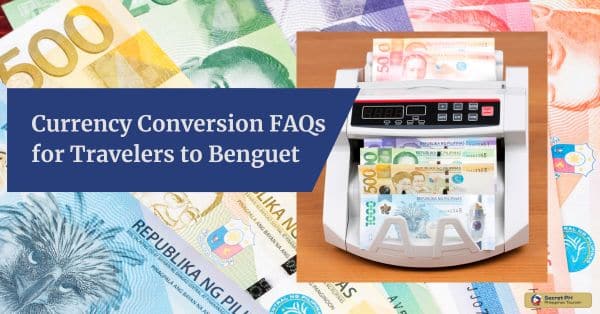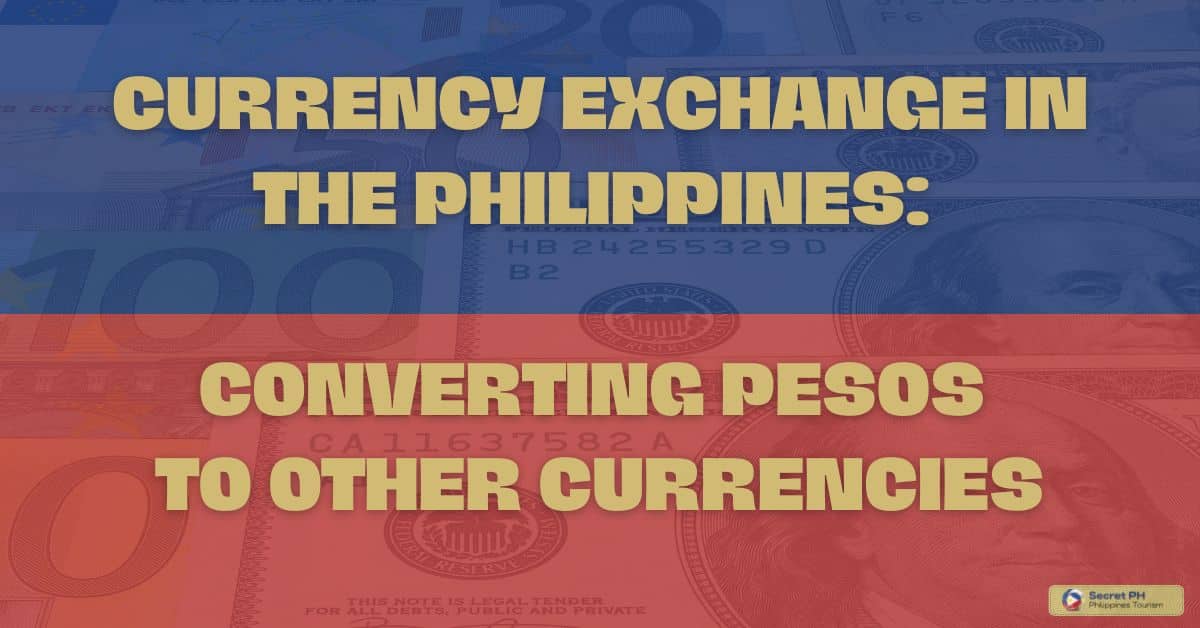The Philippine Peso is the official currency of the Philippines, a Southeast Asian archipelagic nation. It has been in circulation since 1852 and has played an important role in the country’s history and economy.
The Philippine currency has evolved over time and undergone various design changes to improve security. By understanding its denominations, design features, coins, exchange rates, and tips for handling it, you will be able to learn the fascinating world of Philippine currency.
This guide provides an overview of the Philippine Currency to can gain a better understanding of the current monetary system in the Philippines and how it operates within the country’s financial framework.
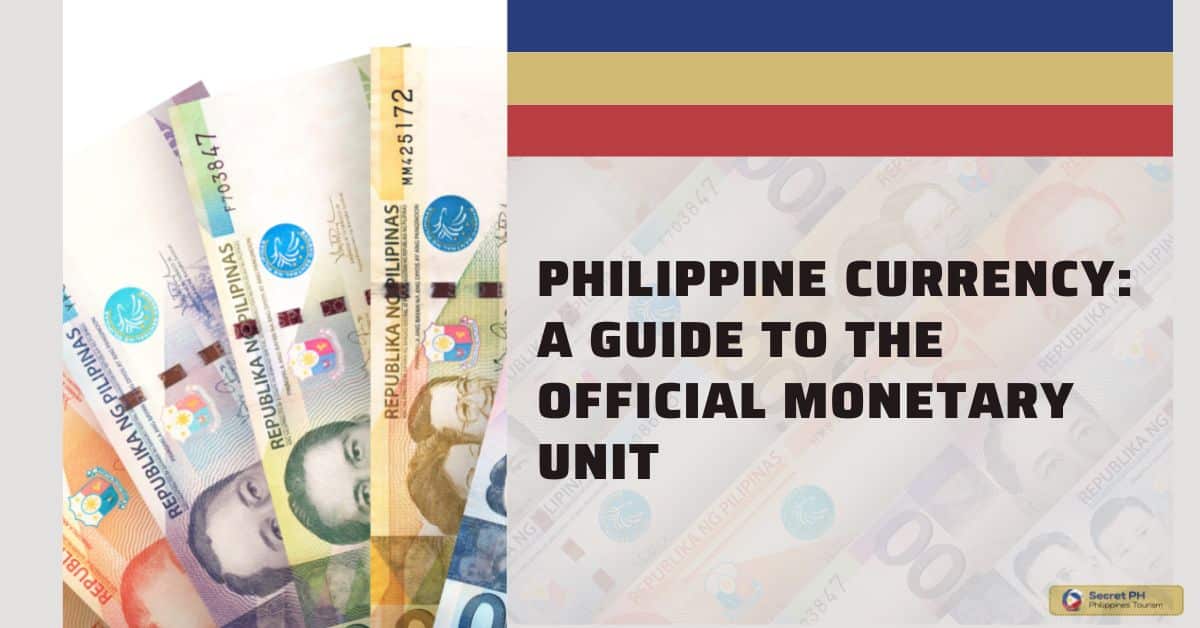
History of Philippine Currency
The history of Philippine currency dates back to the 18th century when the Spanish colonized the islands. During this period, silver coins from Spain and Mexico called “reales” were used as currency in the Philippines. This continued until 1898 at which point the United States took control of the country after defeating Spain during the Spanish-American War.
In 1903, the US introduced its own currency called the Philippine peso which was equal to half a US dollar. This remained in circulation until 1949 when the Central Bank of the Philippines was established and issued new notes and coins with Filipino symbols.
Since then, various denominations of Philippine Pesos have been released with several design changes over time. In 1967, the Philippine peso was revalued to a new rate of two pesos to one US dollar. This remains the official exchange rate today.
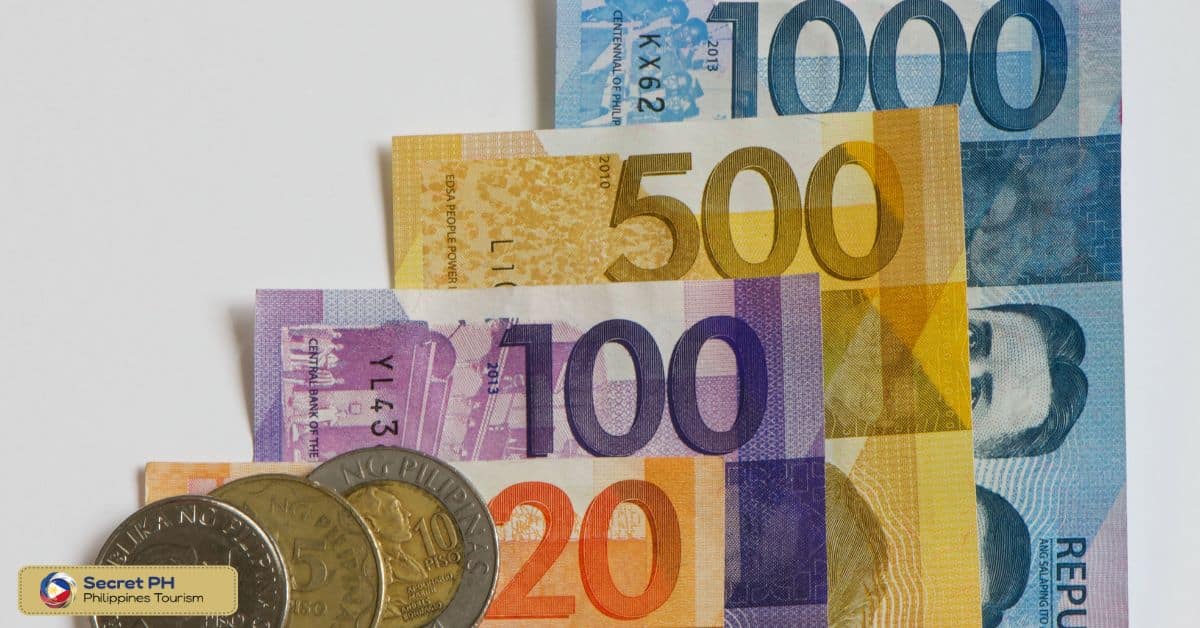
Denominations of Philippine Currency
The Philippine peso is the official currency of the Philippines, with a symbol of “₱” and a code of “PHP”. The Central Bank of the Philippines, known as Bangko Sentral ng Pilipinas, is responsible for the issuance and regulation of the currency. There are various denominations of Philippine currency, ranging from small coins to large banknotes. In this section, we will discuss the denominations of Philippine currency.
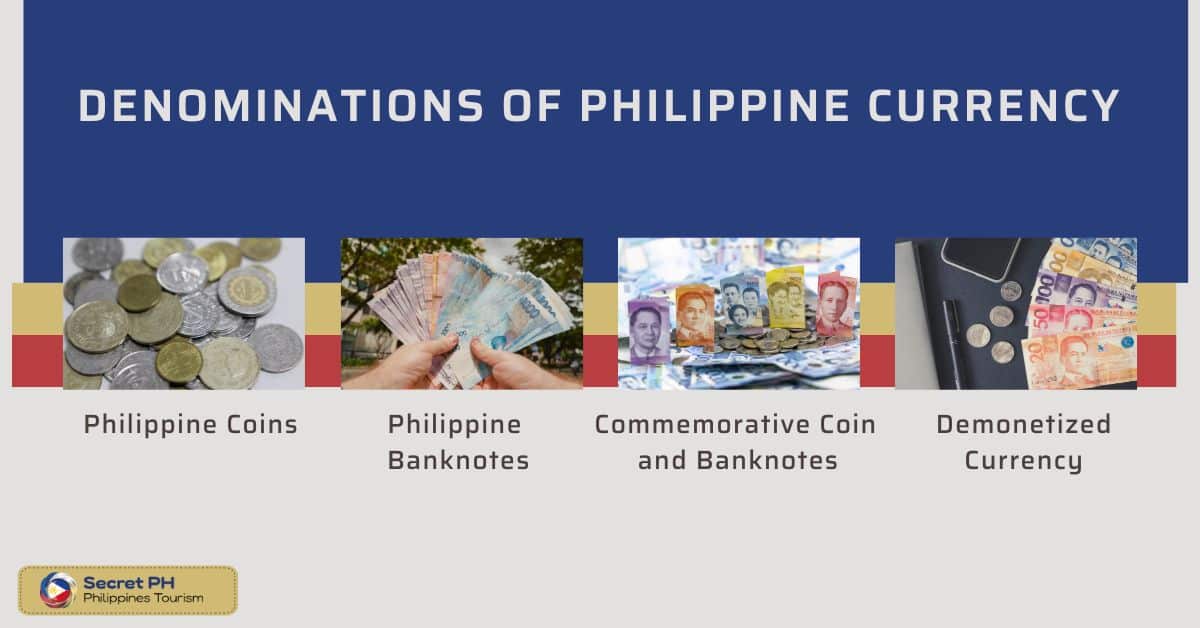
Philippine Coins
Philippine coins are available in denominations of 1 centavo, 5 centavos, 10 centavos, 25 centavos, 1 peso, and 5 pesos. The smaller denominations are made of brass and the larger ones are bimetallic.
Philippine Banknotes
Philippine banknotes are available in denominations of 20, 50, 100, 200, 500, and 1,000 pesos. Each banknote features a portrait of a Philippine hero or a notable figure, as well as iconic landmarks and symbols.
Commemorative Coins and Banknotes
The Bangko Sentral ng Pilipinas also issues commemorative coins and banknotes to celebrate significant events or honor notable individuals. These special coins and banknotes have a unique design and are highly collectible.
Demonetized Currency
Some denominations of Philippine currency have been demonetized, meaning they are no longer legal tender. These include the 2 peso banknote, 10, 25, and 50 centavo coins, and the old 5 peso banknote.
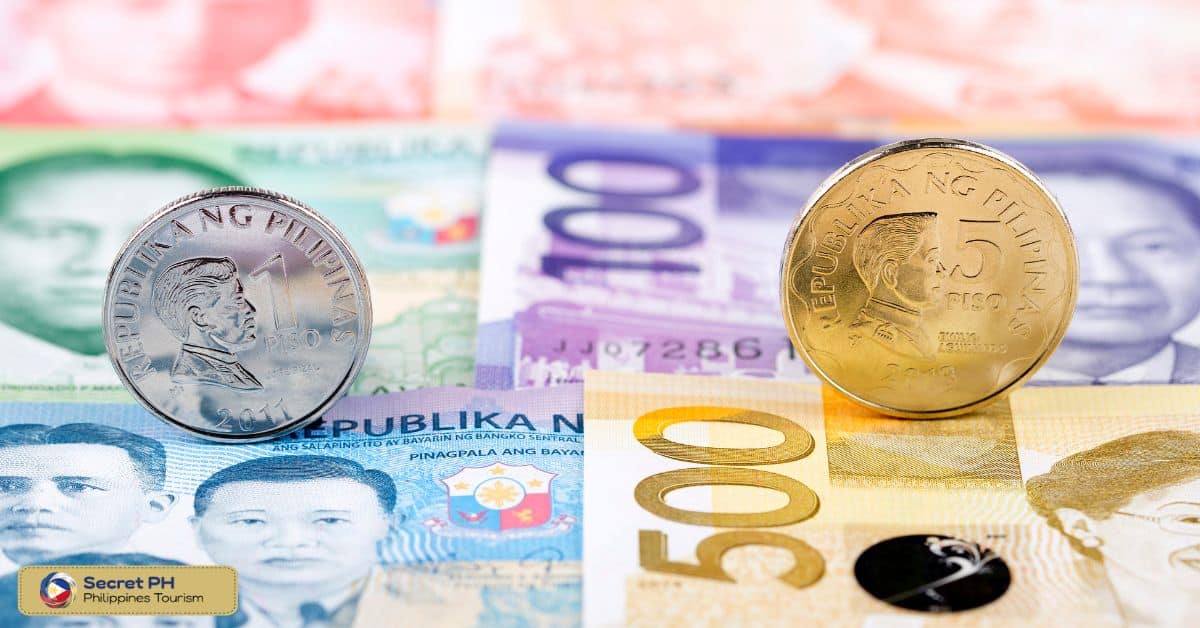
Design and Security Features of Philippine Banknotes
The Philippine peso is designed with various security features to prevent counterfeiting. These features are incorporated into the design of each banknote and include watermarks, security threads, intaglio printing, special inks, holograms, microprinting, serial numbers, optical variable ink (OVI), latent images, and more. Each note also features a unique serial number, which helps to identify them among legitimate currencies.
The Philippine peso also features several design elements intended to enhance its aesthetic appeal. These include color-shifting inks, images of historical figures, national landmarks, and symbols of the Philippines.
The design of each note is also intended to reflect the nation’s culture, history, and achievements. Additionally, each banknote also carries a unique serial number that identifies it among legitimate currencies. All these features together make the Philippine peso one of the most secure currencies in the world.
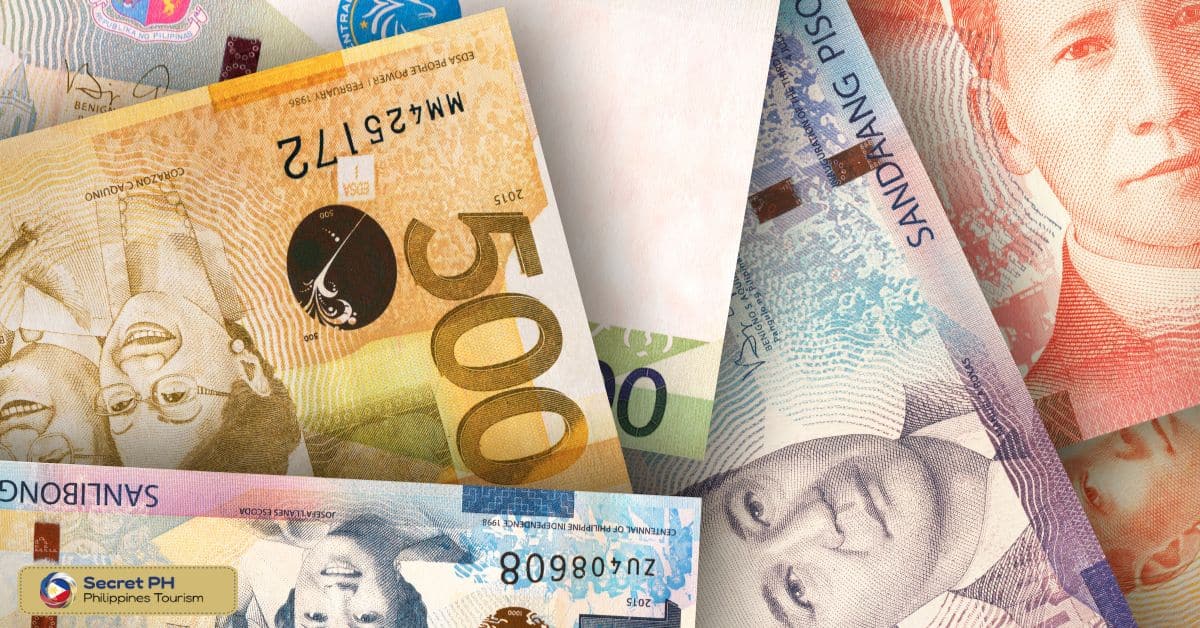
Coins in Circulation in the Philippines
Coins form an integral part of the monetary system in the Philippines. They are issued by the Bangko Sentral ng Pilipinas (BSP) and are used as legal tender for transactions within the country. Below are the types of coins currently circulating in the country:
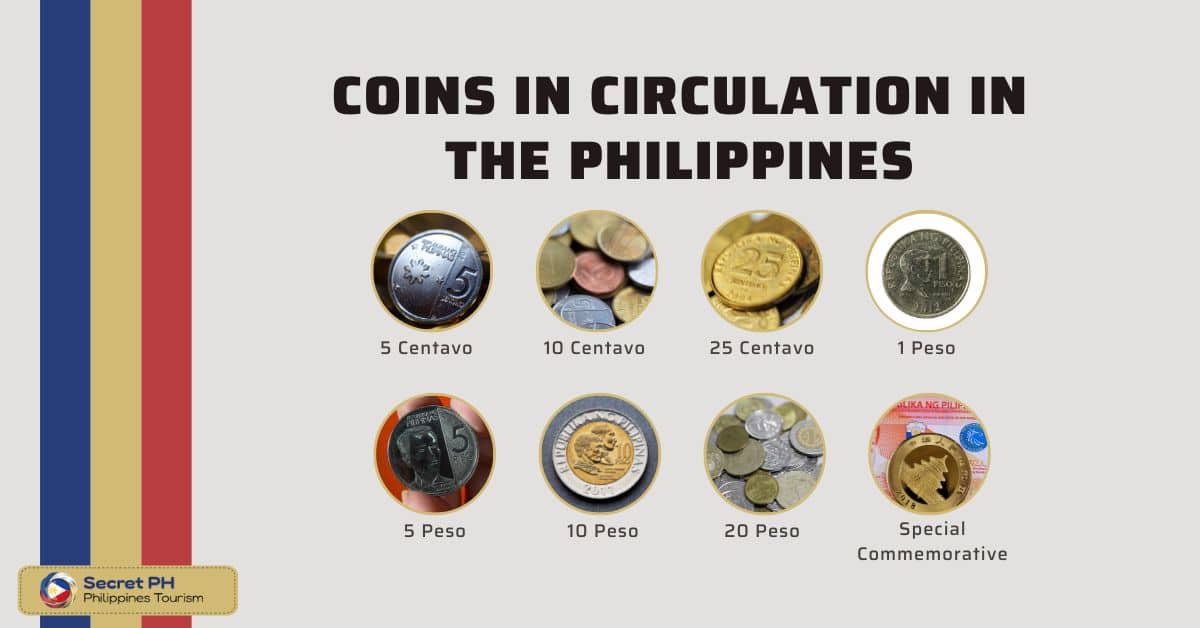
5 Centavo Coins
The 5 centavo coins feature a profile of Emilio Aguinaldo, the first president of the Philippine Republic. The design was changed in 2017 to depict a “sampaguita” flower which is an important part of Filipino culture and folklore.
10 Centavo Coins
The 10 centavo coins featured a portrait of Andres Bonifacio from 1967 to 2017. The design was changed in 2017 to feature the iconic jeepney, the most popular form of public transport in the Philippines.
25 Centavo Coins
The 25 centavo coins feature a profile of General Antonio Luna, a prominent figure in Philippine history. The design was changed in 2017 to depict a traditional Filipino boat called “bangka” which is used for fishing and transportation.
1 Peso Coins
The 1 peso coins feature a profile of Jose Rizal, the country’s national hero. The design was changed in 2017 to show an “alibata” script, an ancient form of writing used in the Philippines before colonization.
5 Peso Coins
The 5 peso coins feature a profile of Manuel L Quezon, the second president of the Philippines. The design was changed in 2017 to depict a classic Spanish-era Filipino house called “bahay na bato” which is characterized by its stone foundations and wooden upper floors.
10 Peso Coins
The 10 peso coins feature a profile of the former president, Sergio Osmeña. The design was changed in 2017 to show a Philippine eagle, the country’s national bird which symbolizes power and freedom.
20 Peso Coins
The 20 peso coins feature a profile of the former president, Manuel Roxas. The design was changed in 2017 to depict an orchid, which is the country’s national flower and symbolizes beauty and grace.
Special Commemorative Coins
The Bangko Sentral ng Pilipinas also issues special commemorative coins featuring important historical figures, events, and milestones in Philippine history. These coins are not intended for circulation but rather as collector’s items.
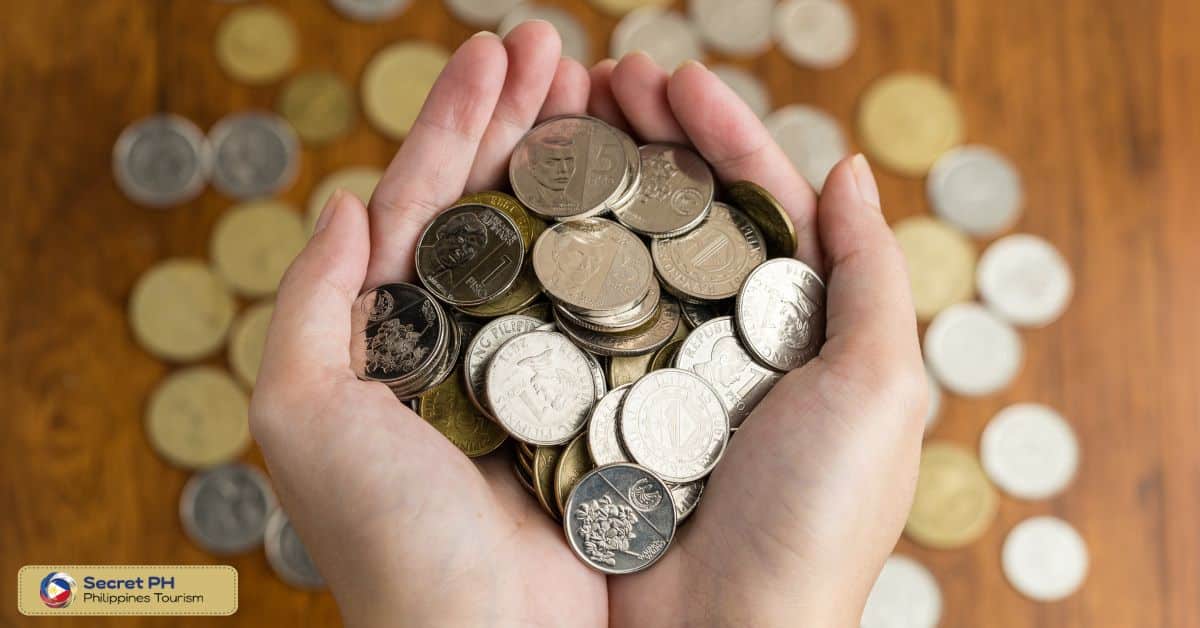
Currency Exchange and Conversion
Currency exchange and conversion is an important parts of international travel. In the Philippines, it’s possible to exchange foreign currency into Philippine pesos at banks, authorized money changers, and online services. Exchange rates can vary from one institution to another so it’s best to research these prior to exchanging your funds.
Exchanging money in the Philippines has become simpler and more convenient due to the increasing availability of ATM machines and online services. However, take note that some banks may impose conversion fees or withdrawal limits on foreign currency transactions. It’s also important to keep track of exchange rate movements as these can have an impact on your overall finances when traveling abroad.
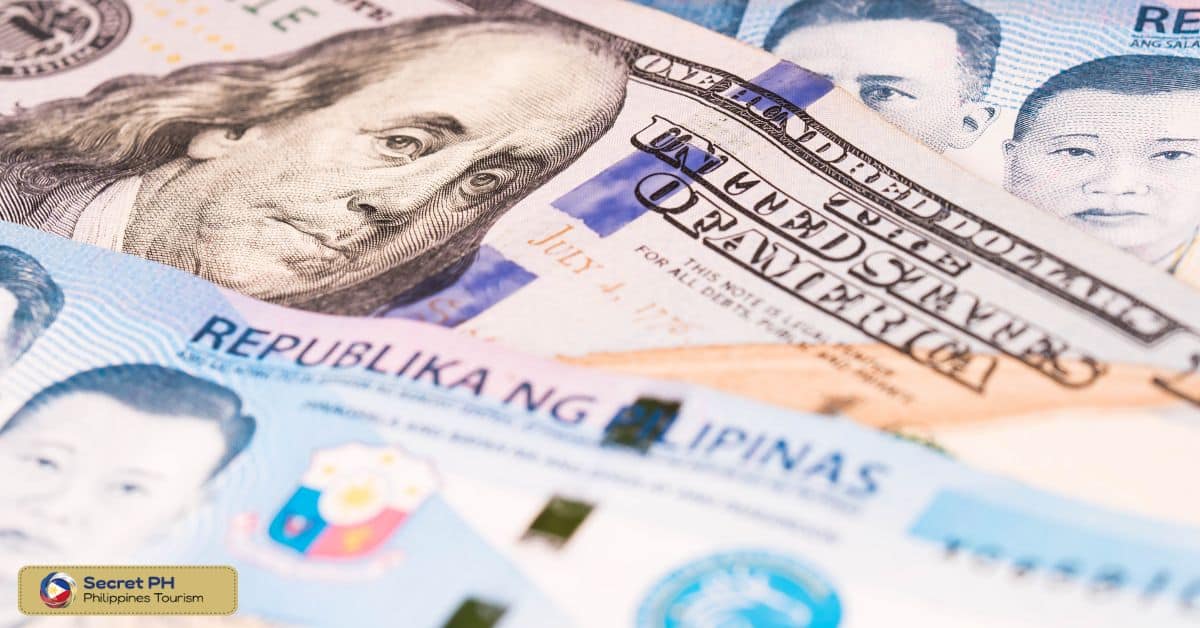
Tips for Handling Philippine Currency
When traveling to the Philippines, it is important to be aware of the proper etiquette when dealing with currency. Here are some tips for handling Philippine Currency.
1. Familiarize yourself with the denominations and design features of Philippine banknotes so you can easily distinguish genuine bills from counterfeit ones.
2. When exchanging money, take the time to count and inspect each bill carefully. Make sure that all bills are in good condition and free of any tears or markings.
3. Avoid carrying large amounts of cash on you. Use credit cards for larger purchases whenever possible, as it is more secure than carrying a lot of cash.
4. Always keep your change and bills in a secure location, such as a money belt or wallet. Do not display large amounts of cash in public, as this could make you a target for would-be thieves.
5. When leaving the Philippines, exchange any Philippine Pesos back to your own currency before departing the country. This will ensure that you receive the most accurate exchange rate possible.
6. Lastly, when visiting any Philippine bank or money-changer, be aware of any fees or commission charges associated with the transaction.
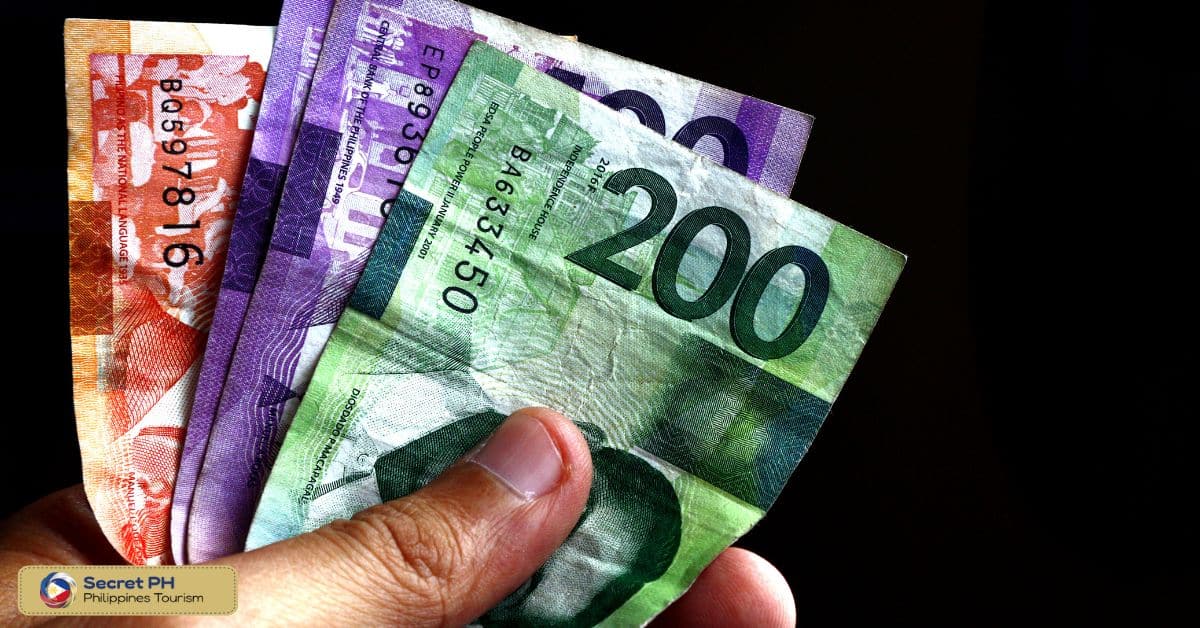
Future of Philippine Currency
The future of the Philippine currency looks promising. The Bangko Sentral ng Pilipinas (BSP) is continuously looking for ways to improve the security, quality, and design features of Philippine banknotes and coins. In 2019, the BSP unveiled a new family of banknotes featuring enhanced security features such as OVI – optically variable ink.
The BSP has also announced plans to launch digital currency later this year, making it one of the first countries in Southeast Asia to do so. The digital currency, called the “Digital Peso”, will be backed by the Philippine government and initially be used for interbank transactions.
The introduction of digital currency is expected to increase security while also speeding up financial transactions in the country. These advancements are sure to make the Philippine currency more secure and widely accepted around the world.
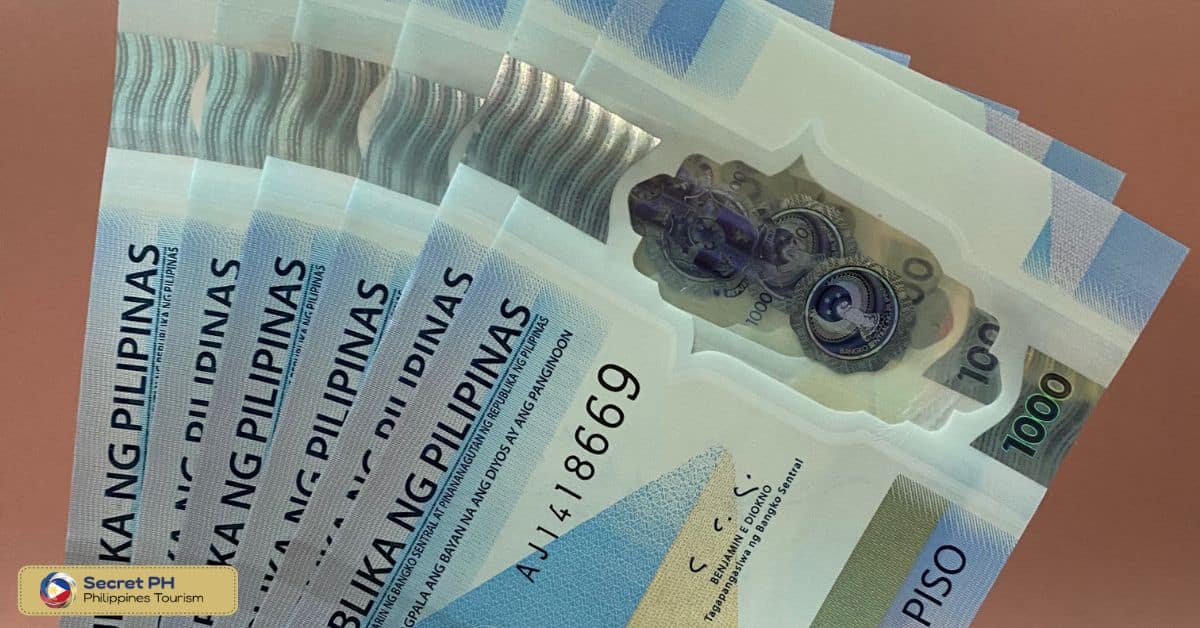
In conclusion
The Philippine currency is an important part of the nation’s economy and culture. It has evolved over time and undergone various design changes to improve security.
By understanding its denominations, coins, exchange rates, and tips for handling it, you can gain a better understanding of the current monetary system in the Philippines and how it operates within the country’s financial framework. As the Philippine currency continues to evolve, it will remain an integral part of the nation’s economy and culture for years to come.

